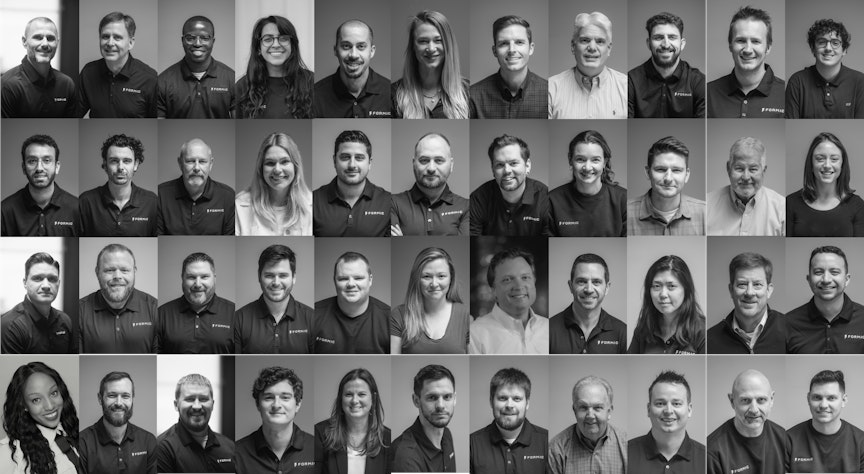Although manufacturing’s share of employment in the U.S. has dropped from 33% in 1947 to under 8% in 2019, it is currently the manufacturers who are desperately searching for workers and not the other way around. In fact, according to a study performed by the Workforce Institute at UKG, 54% of U.S. manufacturing firms reported extreme difficulty in hiring and retaining new workers in 2021.
It is important to understand just how dire the the situation has become. Manufacturers say that it is 36% harder to find talent today than it was even as recently as 2019. More than three quarters of manufacturing executives (77%) said that they expect to have trouble finding and retaining workers both this year and in the future. Fundamentally, factories are relying on a labor force that is significantly advanced in age; manufacturing employees have a median age of 44 years.
That number on its own is relatively normal; the problem is that it will grow higher and higher every year as older workers begin to retire far faster than they are being replaced. This lack of labor will hurt output. Deloitte forecasts that as many as 2.1 million manufacturing jobs will be unfilled through 2030, which could end up costing the U.S. economy as much as $1 trillion.
The Robotic Solution
Fortunately, automation has the potential to solve this problem. However, if automation can fill labor gaps in manufacturing, why aren't more facilities already automated? The answer is that the barriers to entry can be too great for an industry whose margins are already being squeezed. It can take up to a full year for manufacturers to secure financing, hire engineers, choose vendors and then integrate robotics, without even mentioning potential maintenance issues or system failures down the line.
Another challenge manufacturers face when using automation to fill labor gaps is that automation and labor are financed and deployed completely differently. The two are a long way from an “apples to apples” situation. Automation is a capital expense and labor is an operating expense. Automation is fantastic at executing individual tasks repeatedly but cannot be repurposed without costly engineering. On the other hand, labor can easily be shifted throughout a facility.
At Formic, we help manufacturers “hire” robots, bringing the executional capabilities of automation together with the flexible financing of labor. Formic takes all costs associated with deploying automation and bundles them into a single per-hour figure, one that is far lower than the going rate for human employees.
Polar Manufacturing, was struggling to keep up with customer demand, so they turned to Formic. Jose Figueroa, Polar's plant manager, added: "If Polar didn't automate, Polar would not be in business. We cannot compete if we cannot produce." With Formic's robotic system, Polar is able to produce roughly 800 parts per 10 hour shift. Bob and Jose can also log in to the Formic dashboard from their homes or cell phones and see progress and check on production at any time.
Application scoping, engineering design, implementation, and vendor selection are all done by Formic’s team. Future upgrades and maintenance issues are included in the quoted rate. Based on past deals, Formic saves manufacturers around 42% on their OpEx and on average $25,000 in annual savings. In addition to being cheaper, this deployment is also 50% faster than traditional automation practices. Get in touch if you’d like to discuss automating your facility today.

